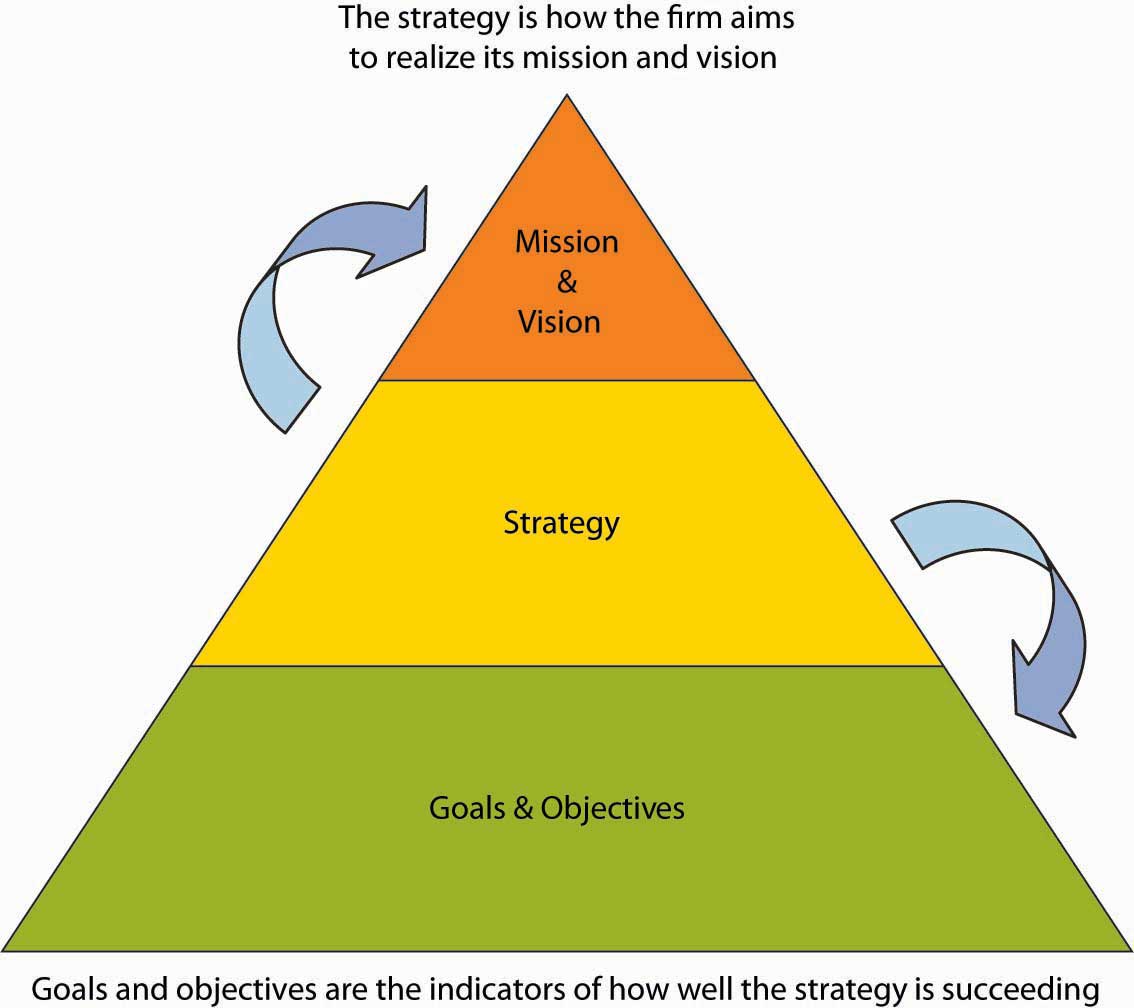This is “Developing Mission, Vision, and Values”, chapter 4 from the book Management Principles (v. 1.1). For details on it (including licensing), click here.
For more information on the source of this book, or why it is available for free, please see the project's home page. You can browse or download additional books there. To download a .zip file containing this book to use offline, simply click here.
Chapter 4 Developing Mission, Vision, and Values
Figure 4.1

Though they are not as good as a crystal ball, good mission and vision statements should invoke a desirable future and create uneasiness with the status quo.
© 2010 Jupiterimages Corporation
What’s in It for Me?
Reading this chapter will help you do the following:
- Understand the roles of mission, vision, and values in the planning process.
- Understand how mission and vision fit into the planning-organizing-leading-controlling (P-O-L-C) framework.
- See how creativity and passion are related to vision.
- Incorporate stakeholder interests into mission and vision.
- Develop statements that articulate organizational mission and vision.
- Apply mission, vision, and values to your personal goals and professional career.
As you are reminded in the figure, the letter “P” in the P-O-L-C framework stands for “planning.” Good plans are meant to achieve something—this something is captured in verbal and written statements of an organization’s mission and vision (its purpose, in addition to specific goals and objectives). With a mission and vision, you can craft a strategy for achieving them, and your benchmarks for judging your progress and success are clear goals and objectives. Mission and vision communicate the organization’s values and purpose, and the best mission and vision statements have an emotional component in that they incite employees to delight customers. The three “planning” topics of your principles of management cover (1) mission and vision, (2) strategy, and (3) goals and objectives. The figure summarizes how these pieces work together.
Figure 4.2 Mission and Vision as P-O-L-C Components

Figure 4.3 Mission and Vision in the Planning Process





